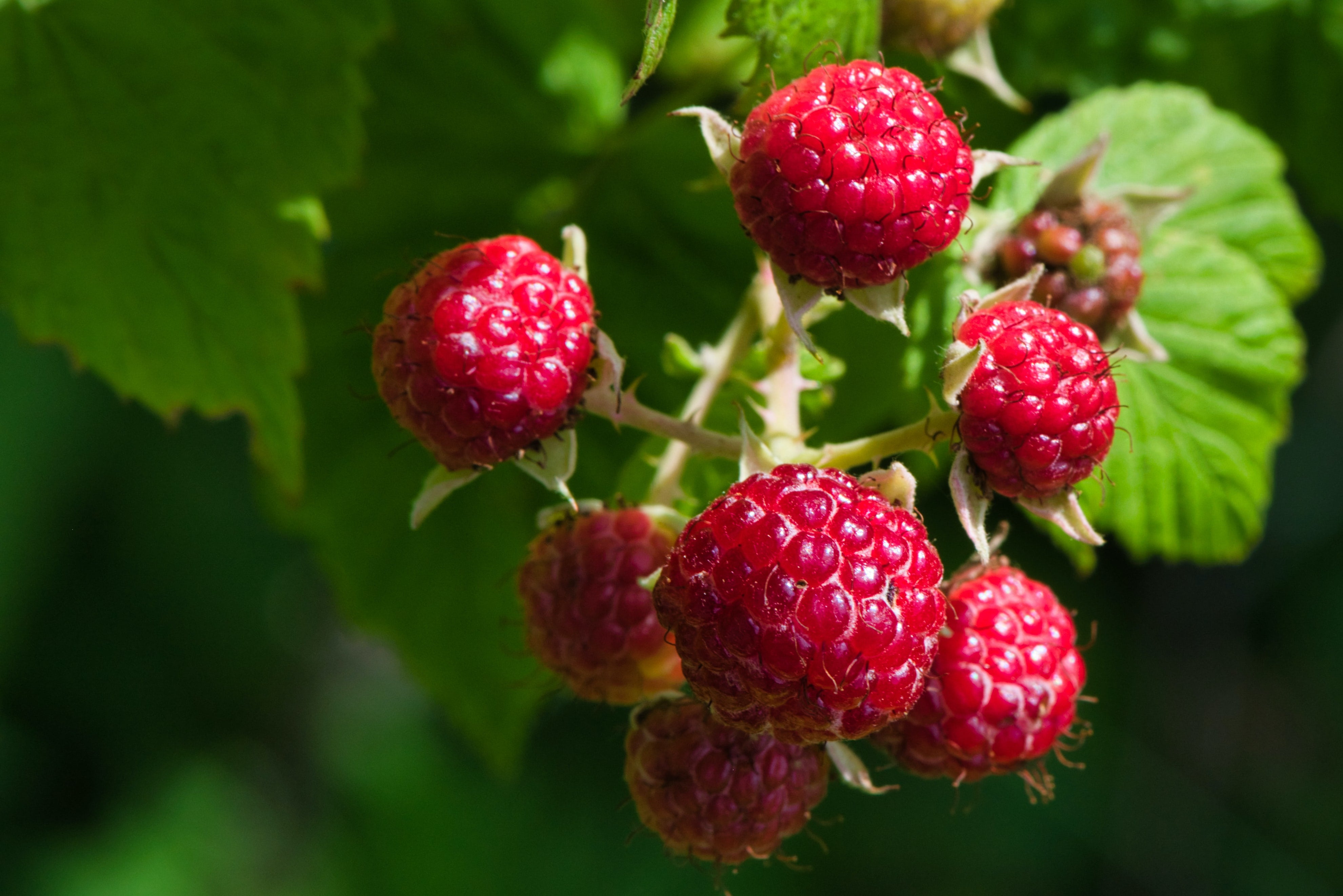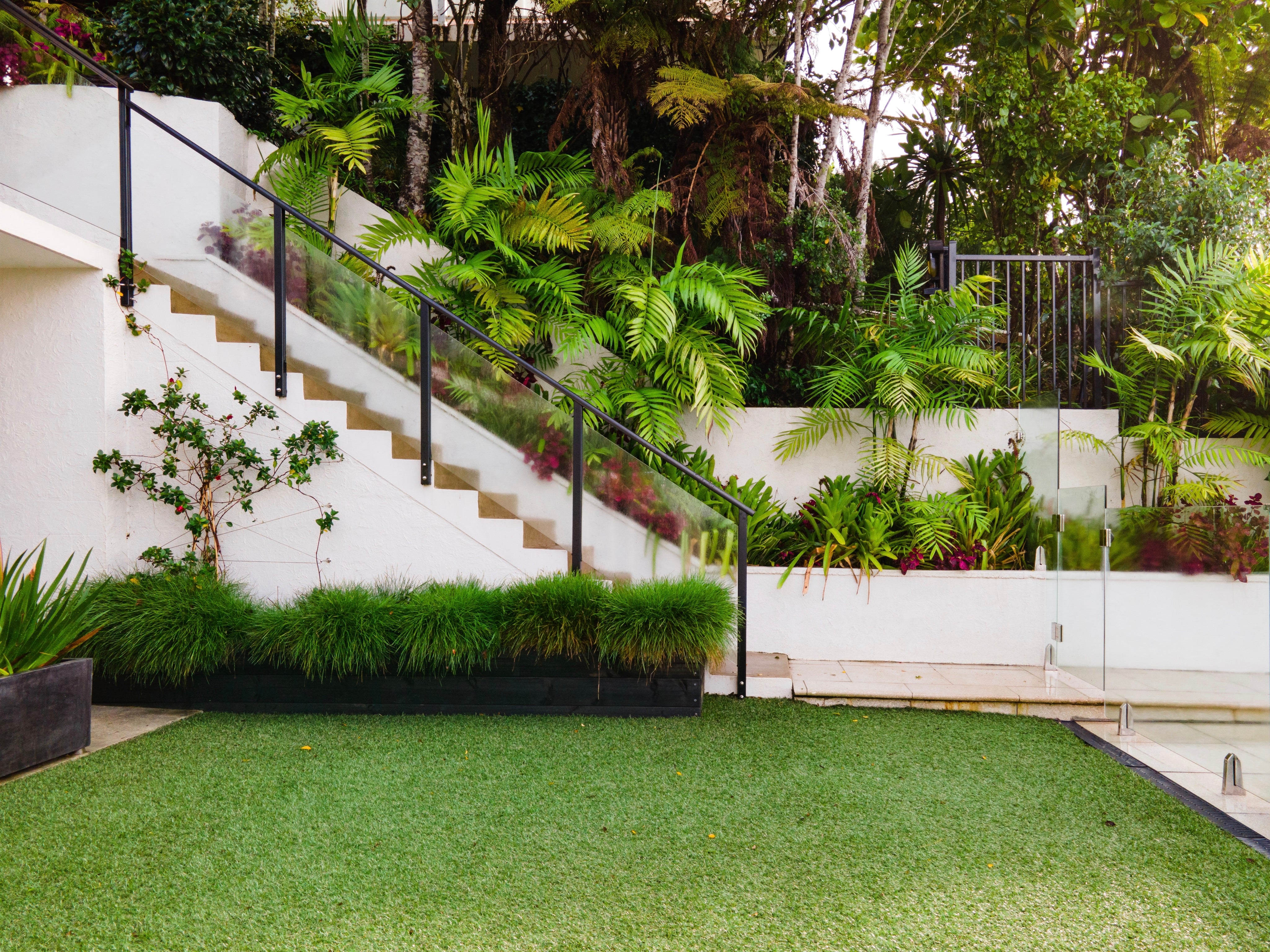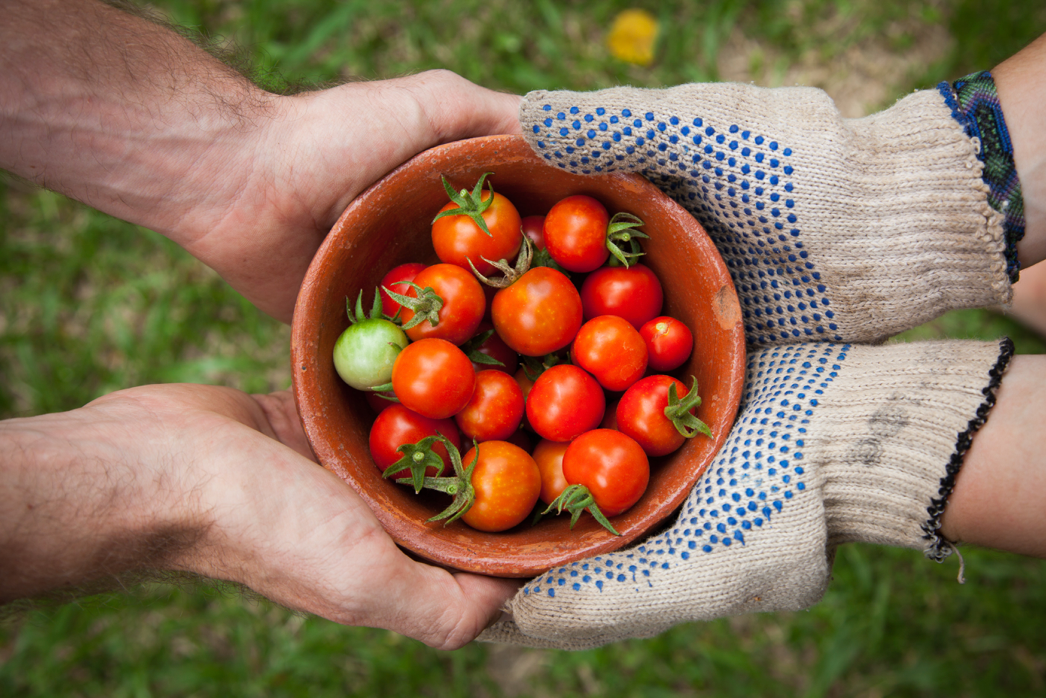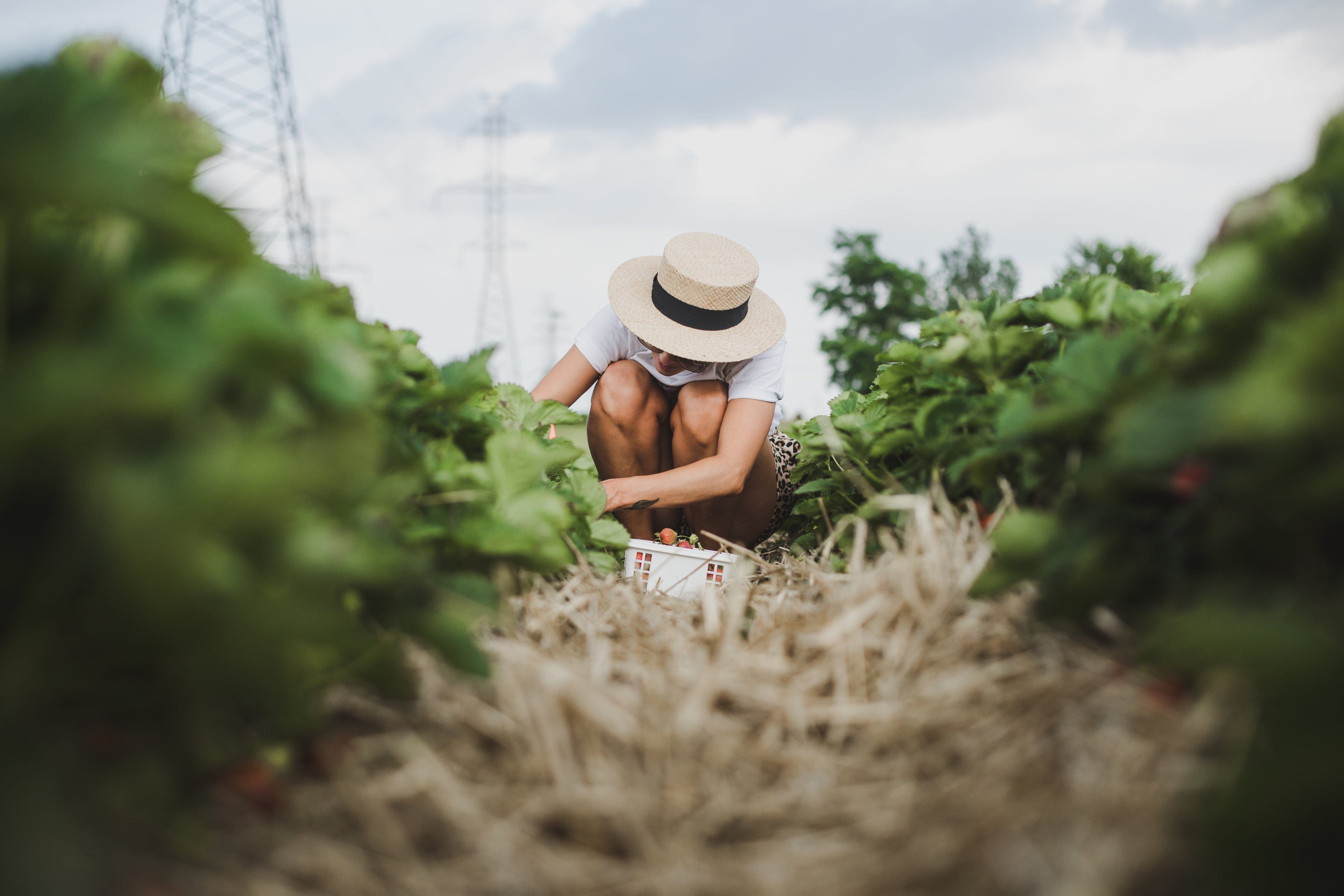
How to Grow Lots of Berries in Your Back Garden
How to Grow Lots of Berries in Your Back Garden
Growing berries in your back garden is an easy hobby with high, long-lasting rewards. Homegrown berries offer a divine taste compared to store-bought snacks. They are sweeter, fresher, and their vibrant colours offer a pleasant aesthetic to any garden. When you know how to give your berries the best start in life, you can enjoy fruits every year with minimal maintenance.
Keep reading to discover everything you need to know about how to grow your own berries and brambles in South Africa!
5 Easy Berries to Grow in South Africa
Berries are some of the best fruits to grow in South Africa. All berries love warm, sunny climates and can survive in any area, provided they have the right soil and regular watering. Of all the types of berries, the 5 easiest berries to grow are:
- Goji Berries
Goji berries are the easiest berry to grow in South Africa. They can survive in any normal garden soil. The plants are highly versatile and can withstand extreme heat (up to 40°C/104F) and freezing temperatures (as low as -40°C/-40F).
- Blackberries
Blackberries are easy to grow in South Africa when planted in slightly acidic, well-draining soil. They are best grown vertically using supports or along fences. Like most brambles, they need regular watering and shouldn’t be left to dry out.
- Raspberries
Red or black raspberries are also very easy to grow. They need to be fertilized once a year (during the growing season) with well-rotted manure and mulch around the base of the shrub. This keeps the soil moist, nutrient-rich, and weed-free.
- Blueberries
Blueberries are easy to grow, however, they are the only type of berry that require highly acidic soil (with a pH of 4.5-5.5). Without this, they won’t provide a good harvest. It’s best to water these brambles with rainwater to prevent disrupting the pH levels of the soil.
- Strawberries
Strawberries are fast-growing and easy to grow in South Africa. They prefer to be grown in well-draining, humus-rich soil. Use farmyard manure or garden compost to achieve this. It’s best to add wood mulch or straw around the base of strawberry plants to protect the fruits from mould and pests.
Do Berries Do Well In Pots?
Yes, all berries can be grown in pots or containers. Some berries do better than others in vegetable pots, but all types will thrive, provided they have the right soil, a healthy watering schedule, and enough sunlight.
Opal blackberries and Ruby Beauty Raspberries are the best berries to grow in pots in South Africa, as these only grow around 1 meter (3.3ft) in height and can be grown in very small garden planters.
Where to Place Berries in Pots in Your Garden
All types of berries prefer sunlight to thrive. When growing berries in back garden pots or containers, keep them in full sunlight. Ideally, this should be somewhere that gets sun for at least 6-8 hours every day.
Some types of berries, like gooseberries and blackcurrants, can be grown in partial shade. However, the surrounding temperatures need to be warm during the growing season for fruits to flourish.
You can grow raspberries in shade, but the crop yield can be lower. Shade-tolerant varieties of strawberries can also be grown in partial shade.
Wherever you decide to place your pot-grown berries, ensure you keep them well-watered, especially if growing them around concrete walls where surrounding temperatures are high.
What Soil Do Berries Need?
With the exception of blueberries, all berries require neutral to slightly acidic soil. The best soil to use for most berries is well-draining with a pH of 5.8-6.4.
Blueberries are the only type of berry that require highly acidic soil, with a pH of 4.5-5.5. To make your soil more acidic, add peat moss or leaf mould. You can check your soil pH quickly and easily using a soil test kit.
What Fertilizer Do Berries Need?
All berry plants (especially those grown in plant pots) will benefit from annual fertilization. The best time to fertilize is during the growing season, just before fruits arrive. When growing berries in South Africa, use the following fertilizers:
- Goji berries: A granular fertilizer, like tomato or rose feed
- Blackberries: Any nitrogen-rich fertilizer once a year
- Raspberries: A slow-release fertilizer high in potash
- Blueberries: An ammonium nitrogen fertilizer, like urea, sulphur-coated urea, ammonium sulphate, or cottonseed meal
- Strawberries: A nitrogen fertilizer, like urea or ammonium nitrate
How Long Do Berries Take to Grow?
Berries are generally considered fast-growing shrubs. Most species take between 1-3 years to fruit, with some needing up to 4 years. Planting a mature berry shrub will produce an immediate crop come growing season.
The fastest-growing berries are strawberry, raspberry, blackberry, honeyberry, and marionberry plants. These take only 1-2 years to fruit after growing from seed.
Most other berries take between 2-3 years to fruit. Gooseberry plants take the longest to fruit compared with all other berries, with at least 3-4 years until harvest.
How to Grow Berries in South Africa
Berries can be grown in all climates. Brambles are versatile species that can thrive anywhere, provided they get enough water, nutrients, and sunlight. Here’s our quick 3-step guide on how to grow berries in South Africa.
- Choose Your Patch
Find a sunny, spacious area in your garden. When planting multiple berries in the ground, plant them at least 1 meter (3ft) away from each other.
When growing berries in containers, you can place the plant pots right next to each other. Choose a pot that’s at least 45cm (1.4ft) wide and deep. This will give your berry enough space to grow successfully.
- Fill Your Soil
Before growing berries in the ground, you need to prepare the soil carefully, especially if you’re planting mature shrubs. Except for blueberries (which require highly acidic soil), all berries need slightly acidic, well-draining soil.
If you’re unsure how good your soil is, use a soil test kit. Or simply add a layer of peat moss or leaf mould to improve the acidity. Most berries won’t suffer if the soil becomes too acidic.
- Add Mulch
Once planted, add mulch around the base of the plant to prevent weeds. Berries don’t like competition in their space, so this is particularly important to do if you’re growing berries in containers.
Water deeply after planting to ensure enough moisture reaches the roots. Keep the plant well-watered in its first few weeks after planting. Mulching helps your plants retain moisture for longer, but you’ll still need to water berries 1-2 times a week during dry, hot, or windy weather.
How Much Water Do Berries Need?
Keep berries well-watered, especially during hot, dry, and windy conditions. Container plants need more water than those planted in soil, as moisture drains away quicker in pots than in the ground. During the growing season when the fruits start to appear, water berries at least twice a week, ensuring the top 2-5cm (1-2 inches) of soil are moist.
We hope you found this article useful and are ready to start growing your own berries!




3 comments
Can we make a berry project in south Sudan
Kejo Samuel
Thanks for the good advice. I’ve planted gooseberries, blueberries, blackberries and strawberries.
This year, I want to add goji berries. Can you please advise me where I can get plants. I,m staying next to the Vaaldam in the Freestate Province.
Philip van der Merwe
Thanks for good advice for growing raspberries & blackberries, especially the soil balance & mix
CJ. Jutzler
Leave a comment
This site is protected by hCaptcha and the hCaptcha Privacy Policy and Terms of Service apply.